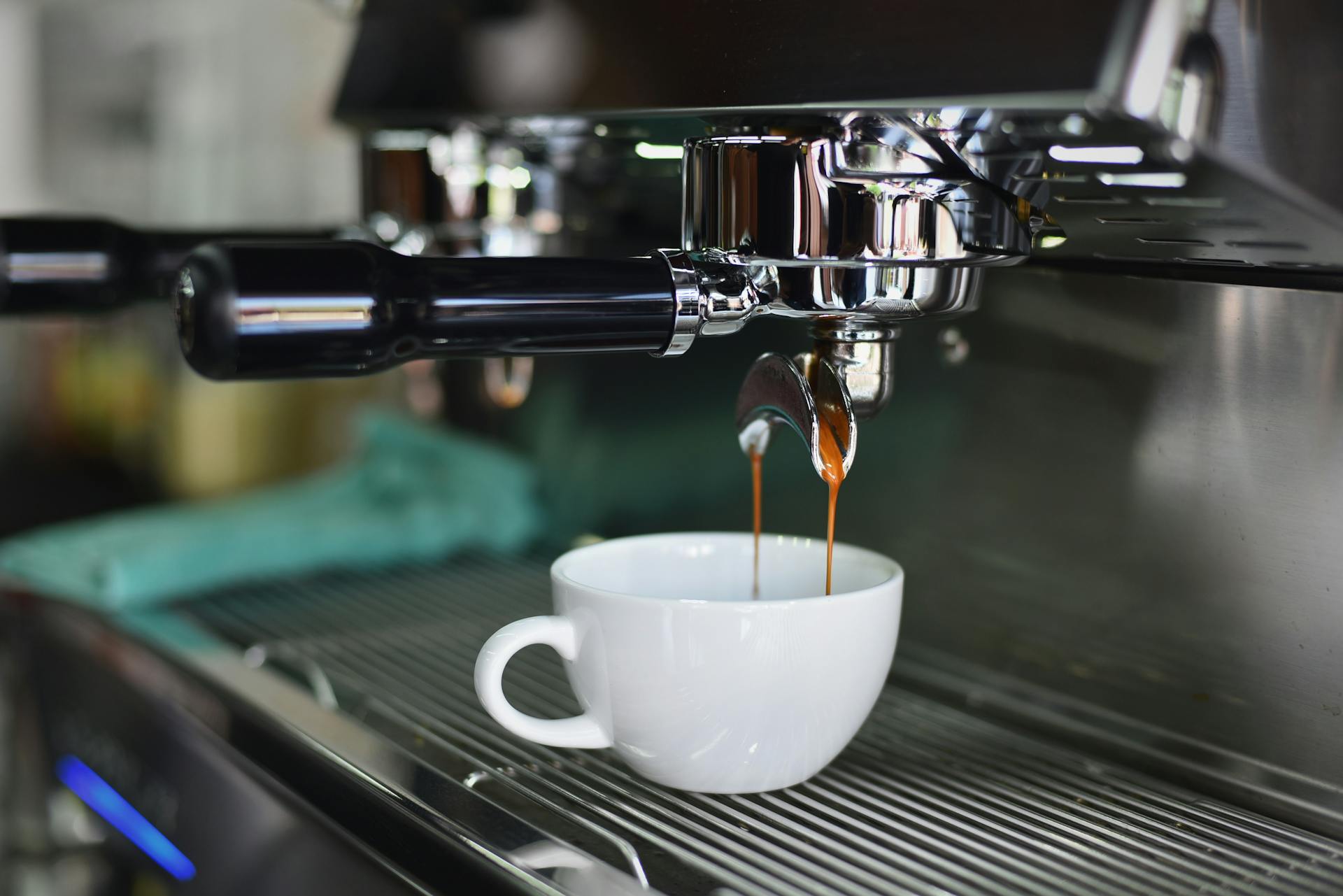
Coffee aficionados love the bold, rich espresso taste of an Americano, but many newer coffee drinkers might find they’re not quite sure what this popular beverage is. The Americano coffee offers a classic espresso taste that is not clouded by added sugar or cream. With so many coffee choices to select in our modern era, from handcrafted lattes to flat whites, the Americano remains a classic — and for good reason. Below, discover how Americano coffee is made and how it came to be one of the most popular coffee drinks today.
What is an Americano coffee?

An Americano coffee is simply delicious, made of two simple ingredients: hot water and espresso. Typically, this drink is served with either 1/2 water and 1/2 espresso or 1/2 or 1/3 espresso to 2/3 water. Although the ratio of water to espresso can vary depending on the coffee shop, the foundations of an Americano coffee remain the same no matter where you order it.
You can customize your Americano by adding cream, milk, or sugar, but when ordered as standard, it will be served as black. An Americano coffee is traditionally a hot drink, but it can also be served over ice as an Iced Americano. An Iced Americano offers a stronger taste by using espresso instead of coffee as used in an iced coffee.
Origins of the Americano coffee

The origins of the Americano coffee date back to World War II, when American soldiers started getting crafty by trying to come up with coffee concoctions that tasted similar to standard drip coffee served in America. While in Italy, American soldiers found that the very strong Italian espresso served was too strong for their tastebuds. By adding water to espresso shots, soldiers crafted the Americano coffee we know today. The addition of water helped to weaken the espresso just enough for their enjoyment.
How to make an Americano coffee

An Americano coffee is a great go-to order at nearly any local or chain coffee shop. This drink is perfect for those who enjoy a strong coffee taste without sweetness or creaminess. Not to mention, it’s a great way to get a caffeine boost (although an Americano can be made with decaf espresso too). However, you don’t need to be any kind of experienced barista to make this delicious espresso beverage at home. Here’s how you can easily craft up your own Americano in under 5 minutes, requiring only an espresso maker.
Ingredients
- Freshly brewed espresso
- Hot water (or cold with ice, if making an Iced Americano)
Method
- Brew any espresso roast of your choice in either one, two, or three shots of espresso.
- Add boiling water to the espresso in either a 2:1 or 3:1 ratio, depending on taste preferences.
- Enjoy your Americano!



